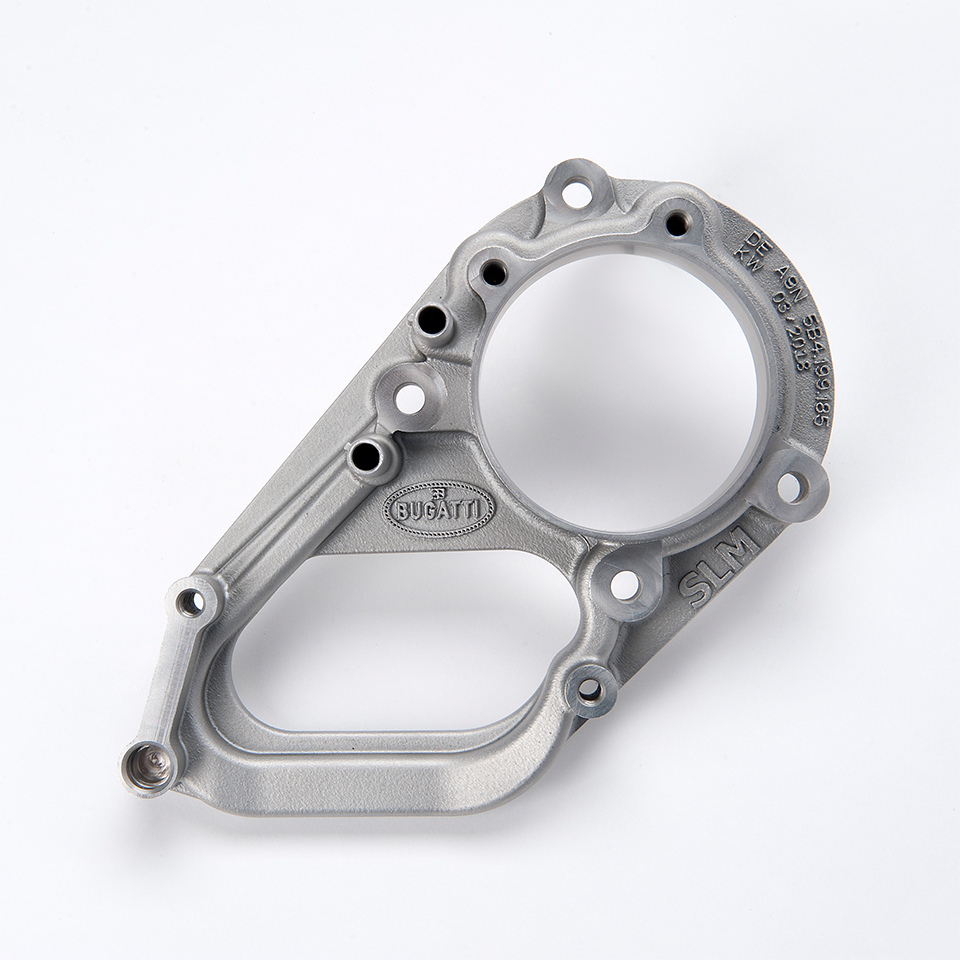-
Bugatti Active Heat Shield
- Machine: SLM®280 Twin
- Material: SLM®280 Twin
- Layer Thickness: SLM®280 Twin
- Build Time: SLM®280 Twin
Installed in all vehicles since the delivery of the first Bugatti Chiron from the production facility in Molsheim. This part provides integrated water-cooling channels to serve as an active heat shield to the motor’s electric pump. The complex geometry was produced at lower costs than with traditional methods.

Mainstream Metal 3D Printing Technologies
1.Metal Powder Bed Fusion 3D Printing (SLM)
SLM utilizes a high-power laser to fully melt and fuse metal powder together layer by layer. SLM offers a significant advantage in enabling the production of complex, high-density parts with superior mechanical properties and precision
2. Directed Energy Deposition (DED)
DED involves precisely depositing material, such as metal powder or wire, onto a substrate with exceptional accuracy. It is particularly suitable for applications where high deposition rates, excellent material properties, and complex geometries are required. It is commonly used in industries such as aerospace, automotive, and tooling for manufacturing large-scale components, repair work, and adding material to existing parts.
3.Binder Jetting (BJ)
Binder Jetting is a cutting-edge 3D printing technique that operates on the principle of selectively depositing a binding agent onto a powder bed, layer by layer, to create intricate three-dimensional objects. The technology boasts various advantages, including low equipment cost, fast printing speed, stackable printing, no need for supports, and low customization requirements, making it cost-effective and suitable for mass production.
4. Wire Arc Additive Manufacturing (WAAM)
WAAM uses an electric arc to melt and deposit metal wire onto a substrate, building up layers to create a 3D object. It is known for its cost-effectiveness, speed, and suitability for producing large-scale metal components with good mechanical properties.
I recognized the immense potential of selective laser melting technology to revolutionize traditional metal part design and manufacturing. My vision was not only to create a dependable technology but also to bring a successful product to the market. I take great pride in the progress we've achieved through our collaboration with customers, empowering them to unlock new horizons in metal applications with technology of Laseradd.
Marc Jiang
3D printing metal has become a cost-effective manufacturing alternative for numerous applications across various major industries. Laseradd is deeply committed to ensuring your company’s long-term success in the field of metal additive manufacturing, providing support and knowledge-sharing that takes technology application to new heights. Selecting the right technology is crucial, but establishing partnerships with the correct additive manufacturing provider is the quickest path to success. Partner with Laseradd.
For more resources on planning a comprehensive approach to implementing metal additive manufacturing, please refer to our white paper, “Making the Case for Building an Additive Manufacturing Team.”
Design
Metal additive manufacturing enables the realization of part designs previously considered unfeasible with conventional manufacturing methods. It allows the consolidation and printing of multiple machined components into a single integrated part.
Enhanced Performance
Performance is greatly enhanced by features like conformal cooling, hollow lattice structures, and more. These optimizations significantly improve the functionality and efficiency of metal parts. Furthermore, optimized topology enables parts to maintain their strength and load-bearing capabilities while substantially reducing overall weight.
Time
Significantly reducing the development period for new components, without the necessity of tooling, expedites the production of parts. Furthermore, parts can be printed as needed, internalizing manufacturing, resulting in cost efficiency and streamlined supply chains.
Real World Success Stories
Here are some additively manufactured parts in production, each offering different technical advantages to strengthen their competitive position.
Getting Started with Additive Manufacturing
Metal 3D printing technology offers many benefits for complex metal part production. Here is an overview of the most important aspects to consider before investing.

